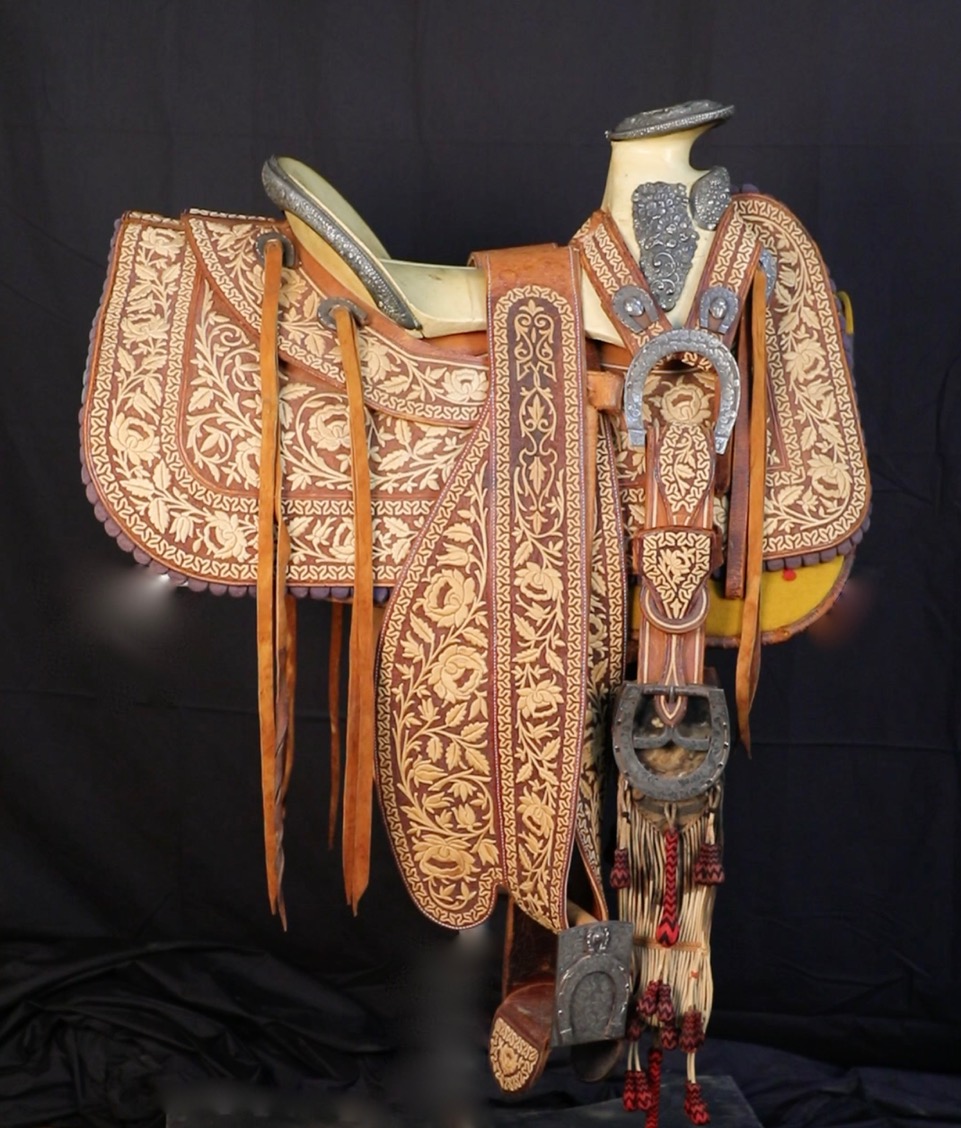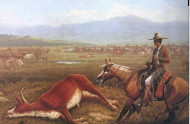Collector's Corner - Mexican Saddles
Posted by Jim Olson on Jul 8th 2022
One of the most ornate types of antique saddles a saddle collector can put in his collection, are usually of Mexican in origin. The Vaqueros were the first to really decorate their gear in a way that made it stand out. They have been doing this for a couple hundred years. To this day the Spanish/Mexican influence can be found in all American Cowboy gear. After all, that is where it originated.

As most Western Historians know, our entire cowboy culture and western gear in the United States can be traced back to the Vaqueros (Mexican cowboy, often of Mexican Native descent). These pioneers were tending to stock in the Southwestern United States and Mexico before there was such a thing as an American Cowboy.
According to history, Spaniards introduced livestock and of course, the saddle, to the New World when they came over in the early 1500s. The culture and gear they brought with them has evolved and improved ever since. With the coming of each new generation and/or situation, changes and improvements have been made. Things we take for granted now, were once a novel idea.
For example, you ever wonder how a saddle got its horn? Well, we can thank the Vaqueros for that. Spaniards may have brought saddles with them when they came, but it was the Vaquero who first started roping as a way to control livestock. Thus came about the adaption of adding a saddle horn to the saddle so the Vaquero had a place to dally his rope.
Along about the 1820s or ‘30s, American cowboys in Texas started to learn the art of tending to stock on the open range from the Vaqueros. One of the early adaptations they picked up from the Mexican culture was the stock saddle. If you look at what is arguably the earliest form of Texas saddle (the Hope, named after its inventor Richard Hope in the 1830s) you can see that it looks an awful lot like a Mexican Montura (working saddle). Historians often claim the Hope was the first “Americanized” version of a Mexican saddle and we have been adapting them from then to now. Today we have many varieties of the “Western” saddle, all of which can be traced back to the Montura.
Typically there are three basic types of Mexican saddles: the Montura, the Charro and Military saddles.
|
|
|
You don’t see the military saddles much any more except in museums or old collections. They are what the Spaniards were riding when they came to the New World. There haven’t really been any of these for years, as there is no longer a need.
However the other types of Mexican saddle are still built and in use to this day. And although they are basically the same design and profile, they are different. The Montura is a plainer, more common saddle. Something the everyday working man might ride daily. It is what early American saddle makers started copying and adapting. It is the grandfather of the Western stock saddle.
Then over the years, the Montura became a platform for leather and silver artist to show off their talents. The California style gear is a great example of this. The Vaqueros working on the West Coast were getting pretty fancy with their gear by the time the Americans came to their region in the mid-1800s. To this day, they have their own recognized style which tends to be pretty fancy with silver embellishments. This style, like the Texas and others, can be traced directly back to the Vaquero.
A Charro saddle on the other hand is purely Mexican - and it’s fancy. It is a bit of a later invention which started in the Jalisco and surrounding regions where the Charro culture is prevalent. These saddles have intricate piteado work, often highlighted with silver or gold accents. They are works of art, now mostly ridden for show or events. Piteado is a technique whereby pita fiber (thread made from the fiber of the maguey or century plant) is embroidered in decorative patterns onto saddles and other leather goods. It requires great skill and hours of time to do one simple design. It is the whitish colored designs you see on Mexican leather goods. Also, Mexican silversmiths are known to be among the best in the world and a fancy Charro saddle is often covered with silver (or even gold) work as well. Once you see a fancy Charro saddle, you will not forget the style anytime soon.
Today, there are many great silver and leather workers out there creating works of art which will be collected for years to come. But 100 plus years ago, most cowboy gear makers were making pieces meant for the working cowboy, so they were built to last, not so much for show. However, there was one class of makers who tended to build things a bit fancier - with a little “bling” on them - and that was the guys making gear either down in Mexico, or here, for the Vaqueros. And this is why you will see many of the more ornate antique saddles are often Mexican in origin.
Western Trading Post can help you in gaining more knowledge of the rich Western History and lifestyle.
Here are some helpful links to explore more – Award-winning TV show, YouTube channel, and app.




